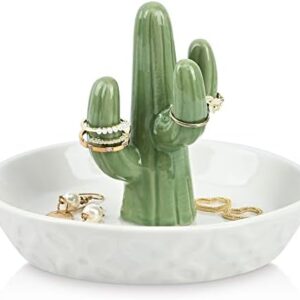Gardening is supposed to be a peaceful and rewarding activity, but sometimes it can feel like a constant battle against plant pests and diseases. Just when you think your garden is flourishing, you start noticing chewed leaves, wilting plants, and strange spots on your beloved flowers. It’s enough to make any gardener feel frustrated and defeated.
But fear not, fellow green thumbs! Dealing with plant pests and diseases is a common challenge that all gardeners face at some point. While it can be disheartening to see your plants under attack, there are plenty of ways to combat these pesky invaders and keep your garden thriving.
One of the first steps in dealing with plant pests and diseases is to identify the problem. This can be tricky, as many pests and diseases cause similar symptoms, such as yellowing leaves or wilting plants. However, taking the time to observe your plants closely can help you narrow down the culprits. Look for signs of chewed leaves, sticky residue, webs, or discoloration. You can also consult gardening books or websites for help in identifying common pests and diseases.
Once you have identified the problem, it’s time to take action. There are many ways to combat plant pests and diseases, from natural remedies to chemical treatments. Here are some strategies to consider:
– Prevention is key: The best way to deal with plant pests and diseases is to prevent them from occurring in the first place. Keep your garden clean and tidy, and avoid overcrowding plants, which can create ideal conditions for pests and diseases to thrive. Make sure to water your plants properly and provide them with adequate sunlight and nutrients to keep them healthy and strong.
– Encourage beneficial insects: Not all insects are bad for your garden. Many insects, such as ladybugs and lacewings, are natural predators of common plant pests like aphids and caterpillars. By attracting these beneficial insects to your garden, you can help keep pest populations in check.
– Use organic remedies: If you prefer to avoid chemical treatments, there are plenty of organic remedies that can help control plant pests and diseases. Neem oil, insecticidal soap, and garlic spray are all effective options for combating common garden pests. You can also try planting companion plants that repel pests, such as marigolds or chives.
– Consider chemical treatments: In some cases, chemical treatments may be necessary to control severe infestations of pests or diseases. Before using chemical pesticides, make sure to read and follow the instructions carefully, and wear protective gear to avoid exposure. Be sure to choose pesticides that are labeled for use on the specific plants you are treating.
– Practice good garden hygiene: Regularly inspecting your plants for signs of pests and diseases can help you catch problems early before they have a chance to spread. Remove and destroy infected plants or leaves to prevent the spread of disease. You can also use a gentle spray of water to dislodge pests like aphids from your plants.
Dealing with plant pests and diseases can be a frustrating experience, but with patience and perseverance, you can keep your garden healthy and thriving. Remember that gardening is a learning process, and even the most experienced gardeners face challenges from time to time. By staying vigilant and taking proactive steps to protect your plants, you can enjoy a bountiful and beautiful garden for years to come. So roll up your sleeves, grab your gardening tools, and get ready to tackle those pesky pests and diseases head-on! Your plants will thank you for it.






